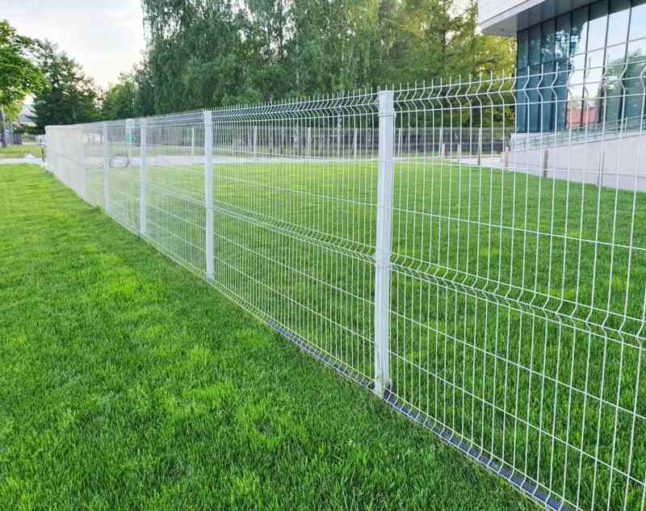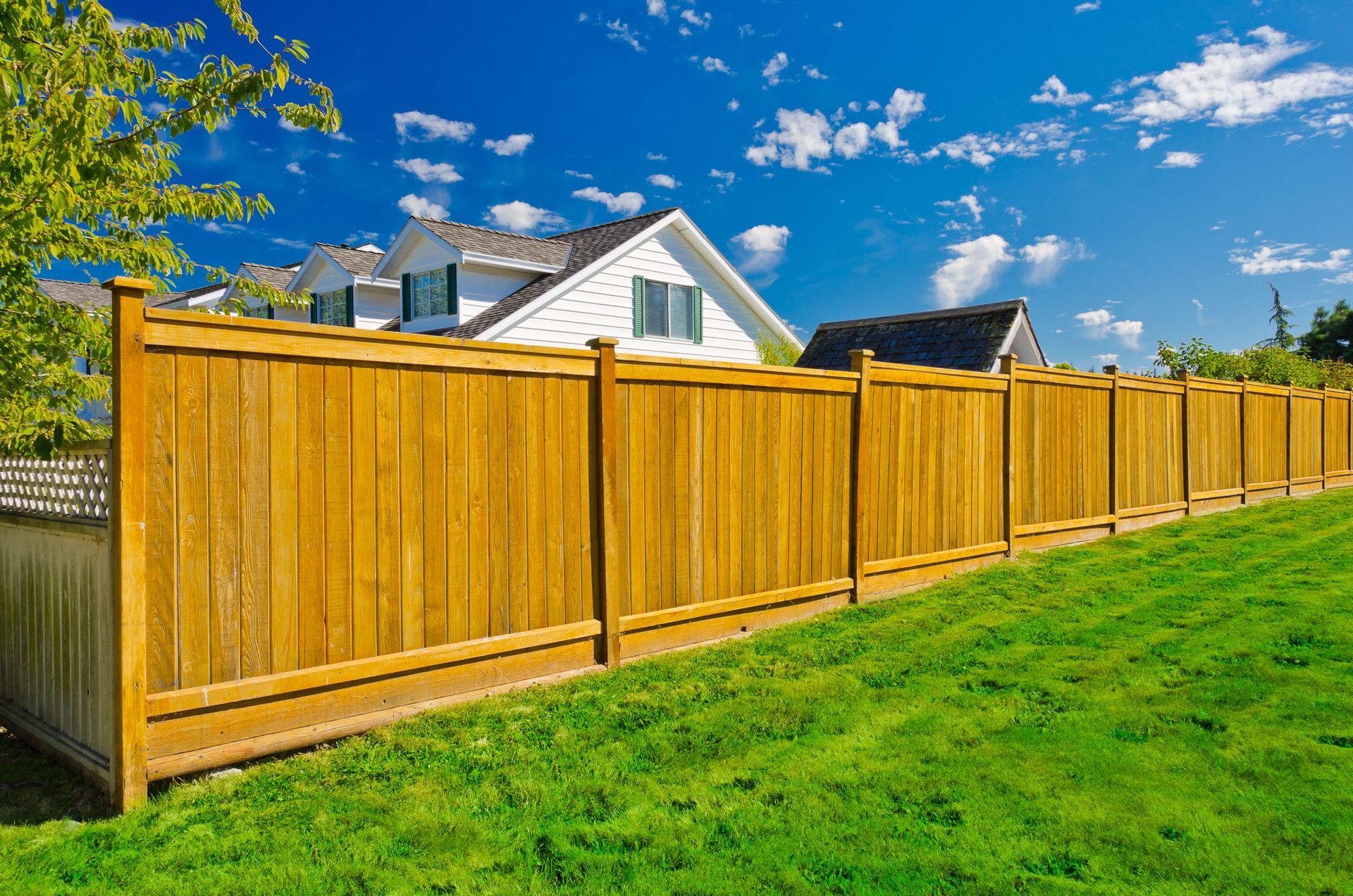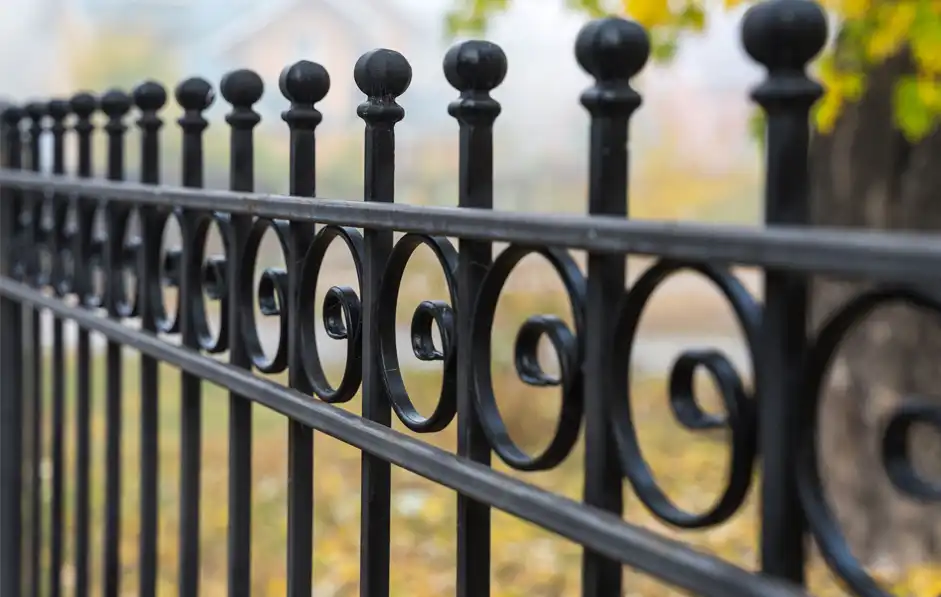All Categories
Featured

As organizations and property owners alike end up being extra ecologically conscious, finding environment-friendly and lasting fencing materials is a crucial factor to consider. Whether you're wanting to develop a fence for privacy, safety, or visual charm, choosing products that decrease your environmental footprint can assist shield the world. In this post, we will certainly discover a number of eco-friendly secure fencing choices, each offering unique benefits for your home and the atmosphere.
- Bamboo Secure Fencing: A Renewable Resource. Bamboo is widely acknowledged as one of the most eco-friendly and sustainable fencing products readily available today. As a turf instead than a tree, bamboo expands swiftly and can get to full maturation in simply 3 to 5 years, making it a very renewable resource.
Ecological Advantages: Bamboo takes in much more co2 than numerous various other plants, aiding counter greenhouse gases. Furthermore, bamboo requires marginal chemicals and fertilizers, making it a healthier choice for the atmosphere. Toughness: Properly treated bamboo is immune to parasites and moisture, suggesting it can endure the elements much better than other timber options. Visual Allure: Bamboo offers a clean, modern look that works well with numerous landscape design styles, from exotic yards to contemporary city designs. While bamboo secure fencing is sturdy, it does call for appropriate like preserve its longevity, such as regular cleansing and regular sealing.
- Recycled Timber Fence: Providing New Life to Old Materials. Recycled wood is a superb environmentally friendly choice for those who want the natural elegance of timber secure fencing without adding to logging. This product is frequently sourced from old structures, pallets, or various other repurposed timber products, lowering the demand for recently harvested hardwood.

Ecological Advantages: Using redeemed wood helps in reducing the need to lower new trees and can likewise stop important materials from winding up in landfills. Sturdiness: Depending on the sort of wood and therapy it gets, recycled timber fencings can be simply as durable as new wood, specifically if maintained correctly with sealants and weatherproofing. Aesthetic Allure: Recycled timber fences bring a rustic appeal and can be discolored or repainted to fit your individual design. The main factor to consider with recycled timber is its maintenance. Over time, wood can end up being susceptible to rot, insect damages, and weathering, so normal maintenance is essential to prolong the life of your fence.
- Metal Secure Fencing: Durable and Recyclable. Light weight aluminum and steel secure fencing, specifically when sourced from recycled products, provides a strong, environmentally friendly option to standard wood fencing. These metals are 100% recyclable, meaning they can be repurposed indefinitely without shedding top quality.

Environmental Advantages: Steels like light weight aluminum and steel minimize the requirement for new mining and basic material removal, both of which have substantial ecological influences. Additionally, recycling metals calls for less energy contrasted to creating new steel from raw products. Resilience: Steel fencings are exceptionally strong, resistant to weathering, and call for little maintenance compared to wood choices. Aesthetic Allure: Metal fences can be made in sleek, modern styles, or even more standard looks, providing convenience for any type of building. While metal fences are durable and low-maintenance, they are not as efficient at offering personal privacy contrasted to timber or plastic options due to the areas between the slats or bars.
- Living Fencings: All-natural and Environment-friendly. Living fencings, made from thick hedges, hedges, or trees, give a natural and eco-friendly choice to traditional fencing. Not just do they develop a privacy obstacle, but they likewise contribute to the environment by sustaining wild animals and improving air high quality.
Environmental Advantages: Living fences absorb carbon dioxide, enhance soil quality, and supply habitats for birds and various other wildlife. Furthermore, they minimize environmental pollution and boost air high quality by filtering system contaminants. Toughness: While living fences call for even more upkeep than various other materials (e.g., pruning, watering), they can be incredibly long-lasting if effectively kept. Visual Charm: Living fences create a gorgeous, all-natural border that improves the landscape and provides a one-of-a-kind and organic look contrasted to standard fencing options. The essential disadvantage of living fencings is that they call for continuous maintenance and care, consisting of normal trimming and parasite control.
- Hemp Fencing: Lasting and strong. Hemp is a fast-growing and eco-friendly plant that can be used to develop strong, green fence. Hemp secure fencing is made from all-natural hemp fibers, which are resilient, biodegradable, and immune to insects.
Ecological Benefits: Hemp grows quickly and needs little water or pesticides. It also aids withdraw carbon, reducing greenhouse gases in the environment. As soon as the fencing is no more required, hemp is biodegradable and can be composted. Longevity: Hemp is naturally immune to mold and mildew and bugs, which helps it hold up against numerous climate problems and stay clear of using extreme chemicals. Sustainability: Hemp farming is much less resource-intensive compared to various other plants and assists keep soil health through plant rotation. Hemp fences are a reasonably brand-new option on the marketplace, and they might not be as extensively readily available as other products. In addition, they might not be as commonly made use of for high-security applications.
Final Thought: Choose Eco-Friendly Fence for a Lasting Future. There are several environment-friendly fencing materials to think about, each offering distinct advantages for your building and the setting. Whether you choose bamboo, recycled wood, metal, living fencings, or hemp, each alternative permits you to develop a gorgeous and functional border while minimizing your environmental impact. By choosing sustainable products, you add to a greener future and sustain the growing activity toward responsible building and construction and landscaping techniques.
Latest Posts
Where Taste Satisfies Enjoyable at Lucky Street
Published Apr 21, 25
2 min read
The Road to Financial Freedom Starts Right Here
Published Apr 20, 25
1 min read
Professional Auto Care for All Makes and Models: Your One-Stop Shop in Montclare
Published Apr 20, 25
2 min read